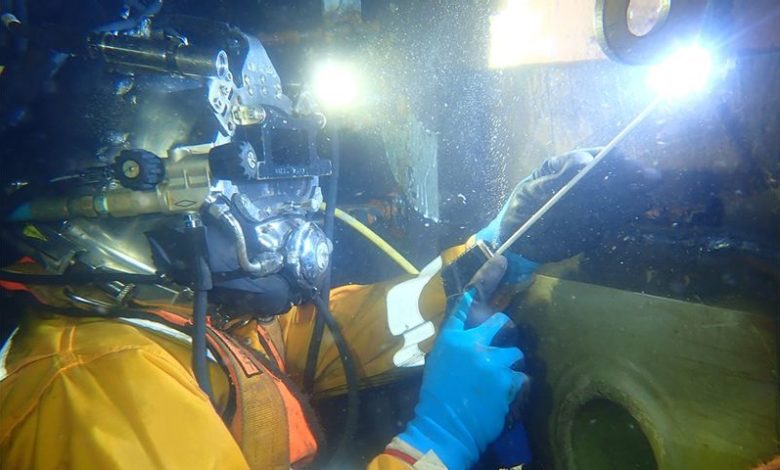Maersk and Wärtsilä tackle scrubber discharge pipe corrosion

Danish liner giant A.P. Moller – Maersk and Finnish marine technology firm Wärtsilä have rolled out an in-pipe solution designed to solve corrosion problems associated with open-loop scrubber washwater discharge.
The majority of the estimated 5,000 scrubber systems installed across the global fleet are of open-loop configuration where seawater is used to scrub SOx from the exhaust gas, with the used water then being discharged back to the sea after cleaning. As the pH of scrubber washwater is typically acidic before being diluted by seawater this creates the risk of structural corrosion to the discharge pipes, particularly those made of mild steel and if inadequately protected, severe corrosion can damage the surrounding mild steel hull plates, resulting in water ingress, Wärtsilä explained.
The new ‘pipe-in-pipe’ solution is said to be best suited for overboard pipes with a diameter greater than 300 mm allowing for the original overboard pipe to remain in situ while a new glass reinforced epoxy (GRE) pipe is inserted into it, with no metal cutting or welding is necessary.
Installations will be carried out by Wärtsilä Underwater Services. In most cases, the repair will be completed in less than two days, which can avoid the ship having to go off-hire.
“This is a long-term solution that can be planned for at any time, even if the corrosion has not yet occurred. The component pipes can be prepared and stored either on board or at an engineering facility ready for fitting either during a scheduled drydocking or port-call or, if necessary, whilst afloat and in operation using a cofferdam at a convenient time and location” said William Winters, managing director of Wärtsilä Underwater Services.
“We have noted corrosion incidents occurring on some scrubber-equipped vessels and wanted to be proactive in solving the problem,” added Jorn Kahle, a senior lead specialist at Maersk. “Additionally, taking a vessel out of service is extremely costly. One of the key driving forces for the development of this pipe-in-pipe concept with Wärtsilä Underwater Services is to minimise these disruptions and costs.”
